Once considered a distant health concern limited to Latin America, Chagas disease is now making headlines in the United States — with confirmed cases in Southern California sparking alarm among public health experts. The parasitic infection, transmitted by the so-called 'kissing bug,' has raised concerns that it could soon reach the Bay Area and other parts of Northern California.
Known as a 'silent killer,' Chagas disease can lie dormant for years before causing severe heart complications, including heart failure and sudden cardiac arrest. With climate change, urban sprawl, and increased travel patterns, experts warn this neglected tropical disease may be gaining a foothold in new U.S. territories.
Chagas disease is caused by the parasite Trypanosoma cruzi, which is primarily spread through the feces of triatomine bugs — commonly known as 'kissing bugs' due to their tendency to bite around the face and lips. These nocturnal insects typically inhabit cracks in walls, thatched roofs, and outdoor structures, especially in rural or poorly sealed homes.
When a kissing bug bites a person and defecates near the wound, the parasite can enter the body through the bite, eyes, or mucous membranes. Once inside, it spreads through the bloodstream, potentially infecting the heart, digestive system, and nervous system.

Triatomine bugs, or 'kissing bugs,' are the primary carriers of the Chagas parasite.
The disease has two phases: acute and chronic. The acute phase may cause mild symptoms such as fever, fatigue, body aches, rash, or swelling at the bite site. However, many people show no symptoms at all, allowing the infection to go undetected.
The real danger lies in the chronic phase, which can develop 10 to 30 years after the initial infection. Up to 30% of infected individuals develop serious cardiac complications, including cardiomyopathy, arrhythmias, and heart failure. Others may suffer digestive issues like an enlarged esophagus or colon.
Recent reports confirm the presence of both infected kissing bugs and human cases in Los Angeles and San Diego counties. These findings suggest local transmission is occurring — meaning people are being infected within the U.S., not just bringing the disease back from travel abroad.
Public health officials are particularly concerned because kissing bugs have been found in at least 28 U.S. states, with established populations in the South and Southwest. Warmer temperatures and changing ecosystems may now be enabling their northward expansion.
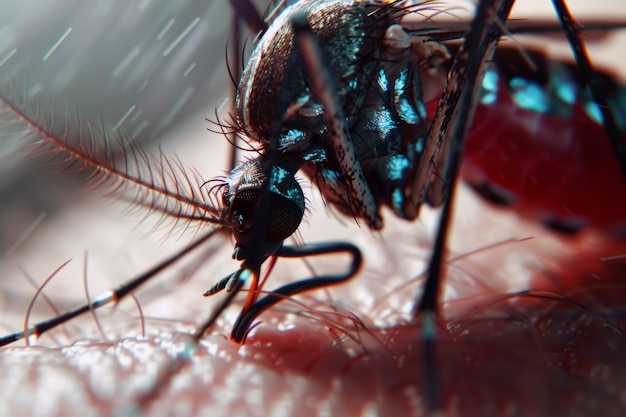
Chagas disease is no longer confined to Latin America — local transmission is now documented in the U.S.
While no locally acquired cases have been reported in the Bay Area yet, experts say the region's mild climate and increasing suburban development into wildland areas could create ideal conditions for kissing bugs to establish populations.
Additionally, the Bay Area's large Latin American population means more individuals may have been exposed to the parasite abroad. Without proper screening, these latent infections could go undiagnosed until serious complications arise.
One of the biggest hurdles in combating Chagas disease is underdiagnosis. Because symptoms are often absent or nonspecific, many people don’t get tested. Standard blood tests don’t screen for T. cruzi, and awareness among healthcare providers remains low.
When detected early, Chagas can be treated with antiparasitic medications like benznidazole or nifurtimox, which are most effective in the acute phase. However, access to these drugs in the U.S. has historically been limited, though they are now available through the CDC under expanded use protocols.
Preventing Chagas disease starts with reducing exposure to kissing bugs. Homeowners can help by sealing cracks, installing screens, removing wood piles near homes, and using insecticides in high-risk areas.
Public health campaigns are also essential to raise awareness among at-risk communities and medical professionals. Screening programs for high-risk populations — such as those with Latin American heritage and unexplained heart conditions — could help catch infections early.
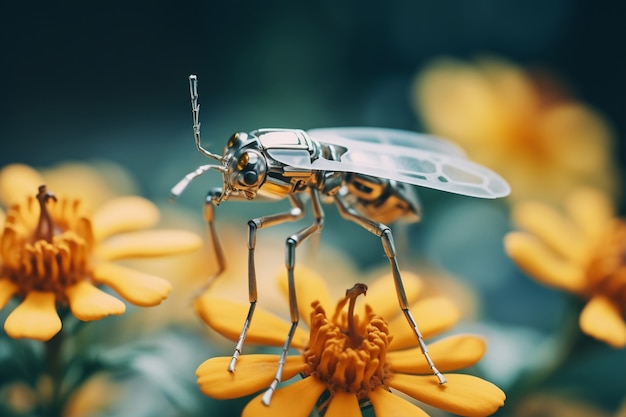
Simple home improvements can reduce the risk of kissing bug infestations.
Chagas disease affects an estimated 300,000 people in the U.S., most of whom were infected in endemic regions. But with local transmission now confirmed, health officials are calling for increased surveillance, research, and funding to prevent a larger outbreak.
As climate patterns shift and vector-borne diseases expand their range, Chagas may be just one of many tropical illnesses poised to emerge in new regions. The situation in Southern California serves as a wake-up call: diseases once considered foreign may no longer be kept at bay.
Staying informed, taking preventive measures, and advocating for better screening could make all the difference in stopping this silent threat before it spreads further.

Health

Health

Health

Health
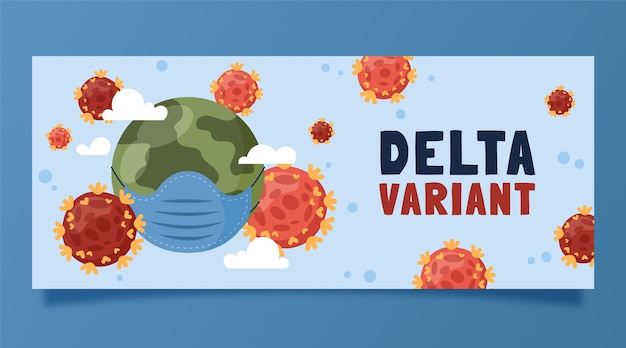
Health

Health
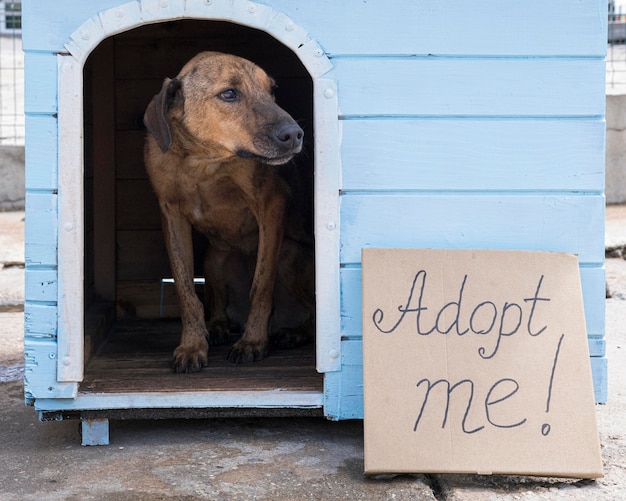
Health
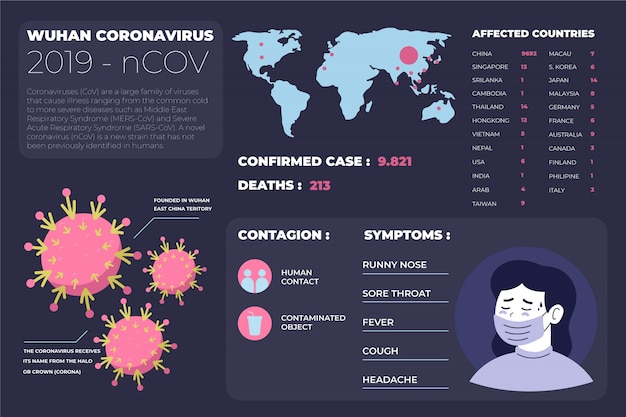
Health
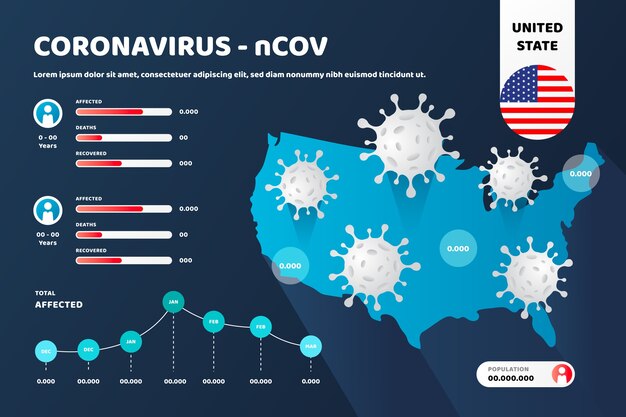
Health
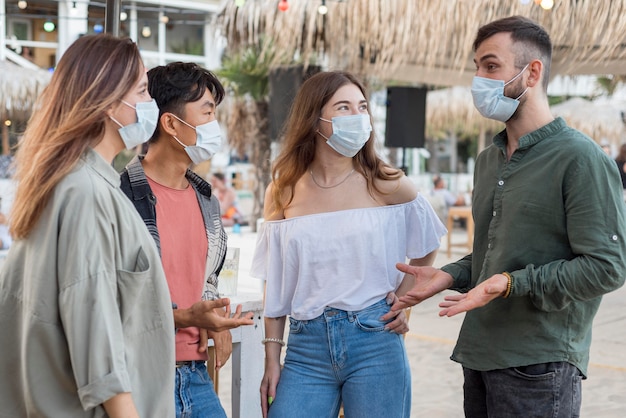
Health
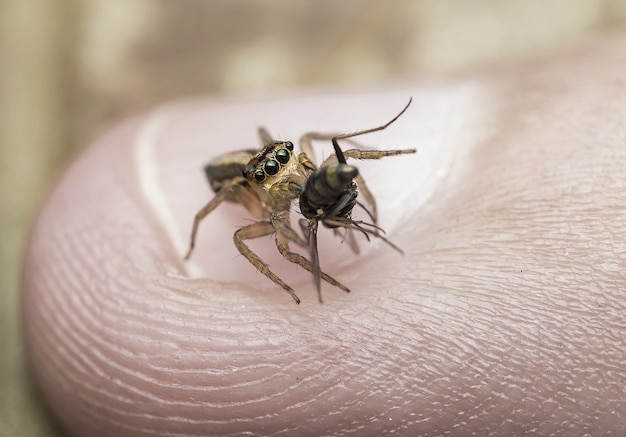
Health
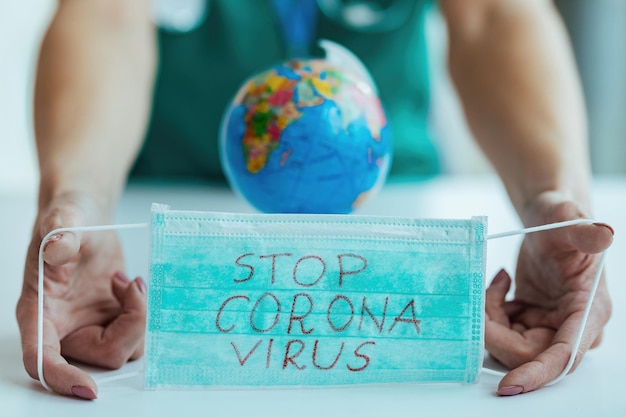
Health

Health

Fitness

Health

Health